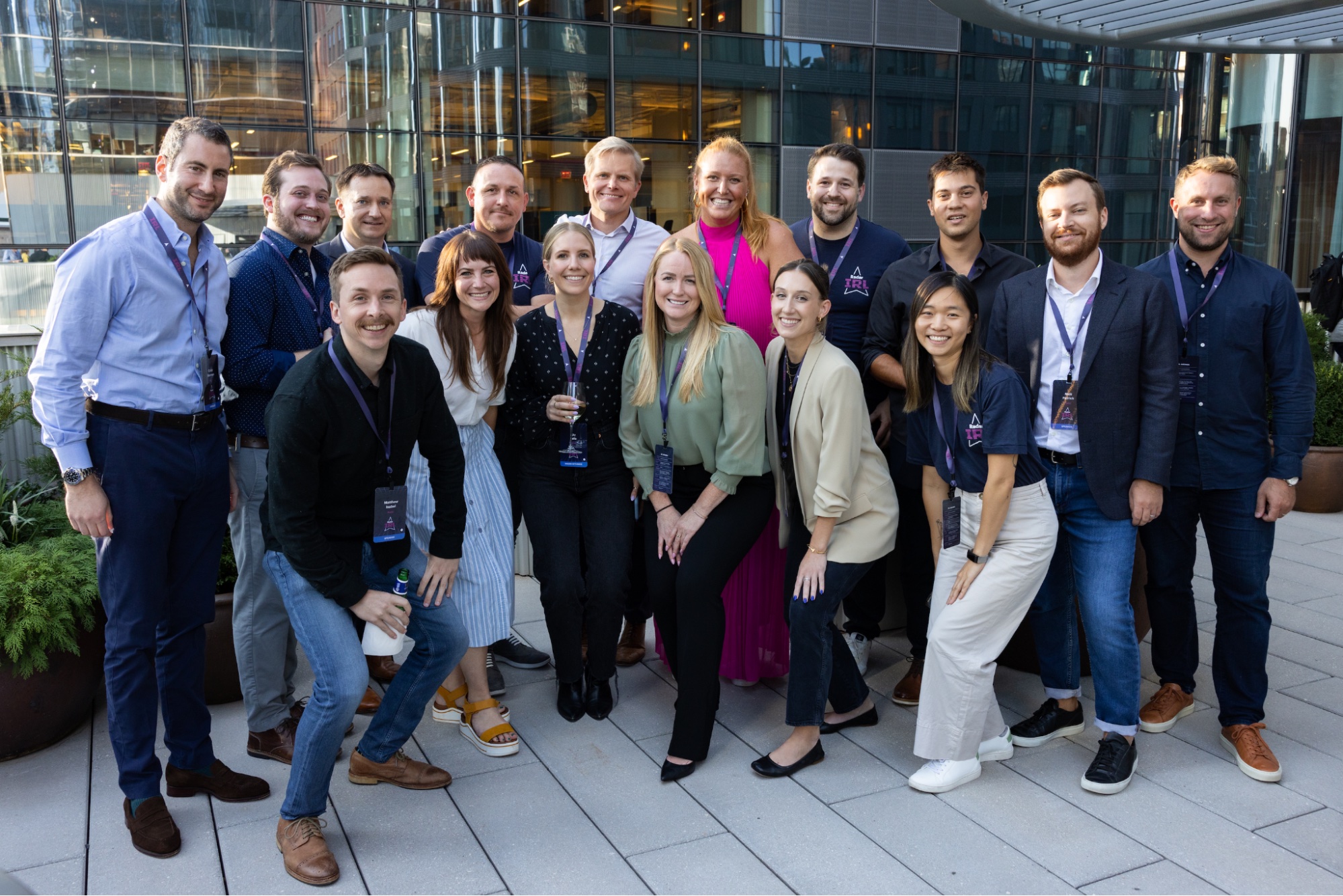Radar IRL and the next generation of location tech
We just wrapped up our first-ever in-person conference, Radar IRL. It was a smashing success, with an amazing roster of nearly 100 attendees from companies like Whataburger, Afterpay, Amplitude, Branch, Bottle Rocket, and many more – product and digital leaders gathering to talk about the past, present, and future of geofencing and location-based experiences. Thank you again to all of our sponsors.

Radar IRL wasn't just a conference, it was a celebration. After two years of a pandemic, WFH, and time apart from friends and family, it was great to come together IRL ("in real life") with friends and colleagues.
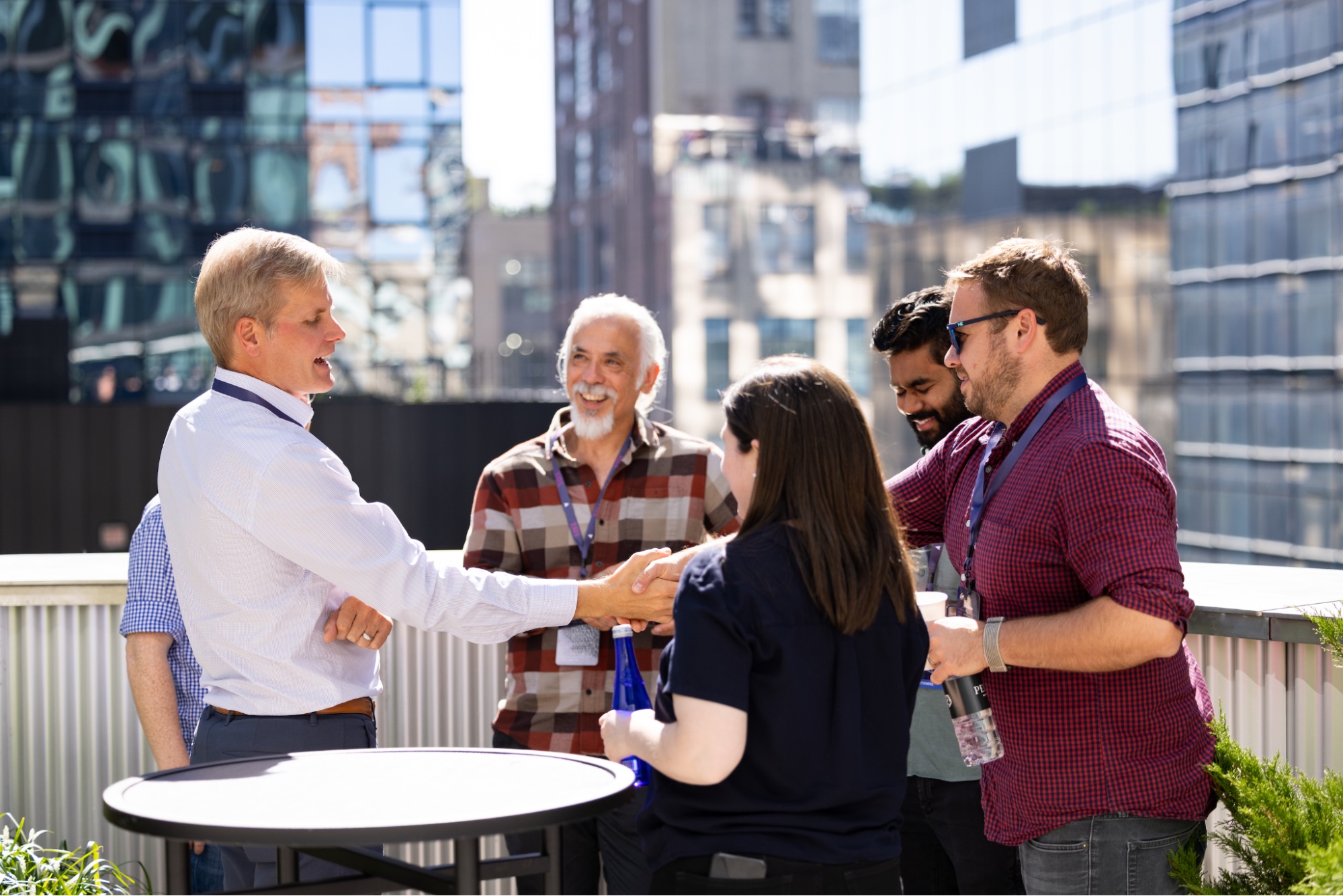
Location and the next decade of digital transformation
At Radar, we believe that great things happen when we connect with people, places, and things in the physical world. In fact, our mission is to connect the digital and physical worlds.
We believe that the best experiences happen at the intersection of the digital and physical: Arrival detection for order-ahead and drive-thru, delivery tracking, on-premise experiences, contactless payments, omnichannel personalization, self-driving cars and navigation, fleet optimization, augmented reality.
All of these experiences have a location component, which is why we also believe that location will power the next decade of digital transformation, and that customer-obsessed startups and enterprises in all industries — from retail to restaurants to payments to travel to logistics to gaming — will adopt geofencing and location tech in the next 10 years if they haven't already.
Radar is here to meet this urgent and growing demand.
The future of geofencing and location tech
To support this wide range of applications, and to meet today's consumer expectations around experience and privacy, location tech in the next decade will need to look different than location tech in the last decade.
In the last decade, geofencing and location tech often meant: background-centric, marketing-centric, third-party data, ad tech and data brokers, privacy and security risks, questionable accuracy. Think "send a user a push notification with a coupon when they're within a mile of a Starbucks."
Radar represents the next decade of geofencing and location tech: foreground-centric, product- and developer-centric, first-party data, customer-first, privacy- and security-conscious, hyper-accurate. Think on-premise experiences, delivery tracking, augmented reality — more than background push and coupon apps.
Radar is reinventing geofencing and location tech.
Location infrastructure for every product and service
If our mission is to connect the digital and physical worlds, our vision is location infrastructure for every product and service.
Radar is the leading geofencing platform — with unmatched accuracy, privacy, and developer experience — but the reality is that we're much more than a geofencing platform.
Beyond geofencing, digital leaders like Panera, American Eagle Outfitters, Afterpay, and Zappos are using Radar for trip tracking, geocoding and routing, and POI data.
Going forward, don't just think of Radar as the leading geofencing platform. Think of Radar as location infrastructure for every product and service.
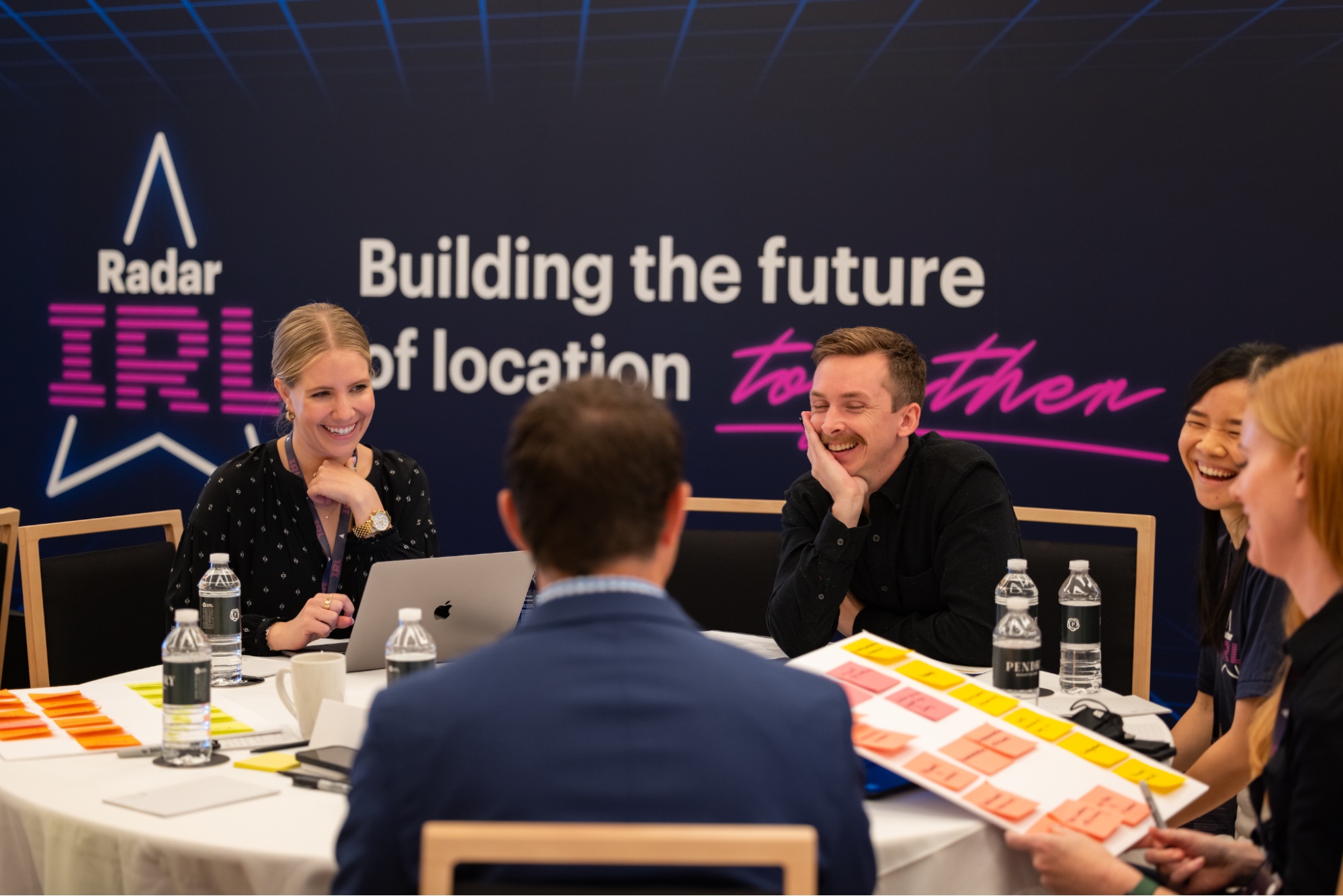
This fall, we'll be releasing a number of new features that extend our lead on accuracy, privacy, and developer experience.
Places v2 with place matching
Radar has always provided powerful tools for developers to draw and import custom geofences.
But many businesses have inaccurate or incomplete point-of-interest (POI) data, meaning they can only draw and import inaccurate circular geofences.
To solve this, we're announcing the release of Places v2 with place matching. When a developer creates or imports geofences in Radar's platform, those geofences can now be matched against Radar's millions of POIs, correcting inaccurate location coordinates and transforming circular geofences into high-precision polygon geofences. Those geofences will also be automatically updated when more accurate or current information becomes available.
Radar's comprehensive POI database has global coverage, with high-accuracy polygons for places like restaurants, stores, malls, sports venues, hotels, and airports.
Places v2 with place matching means that Radar can support unparalleled geofence accuracy relative to other platforms.
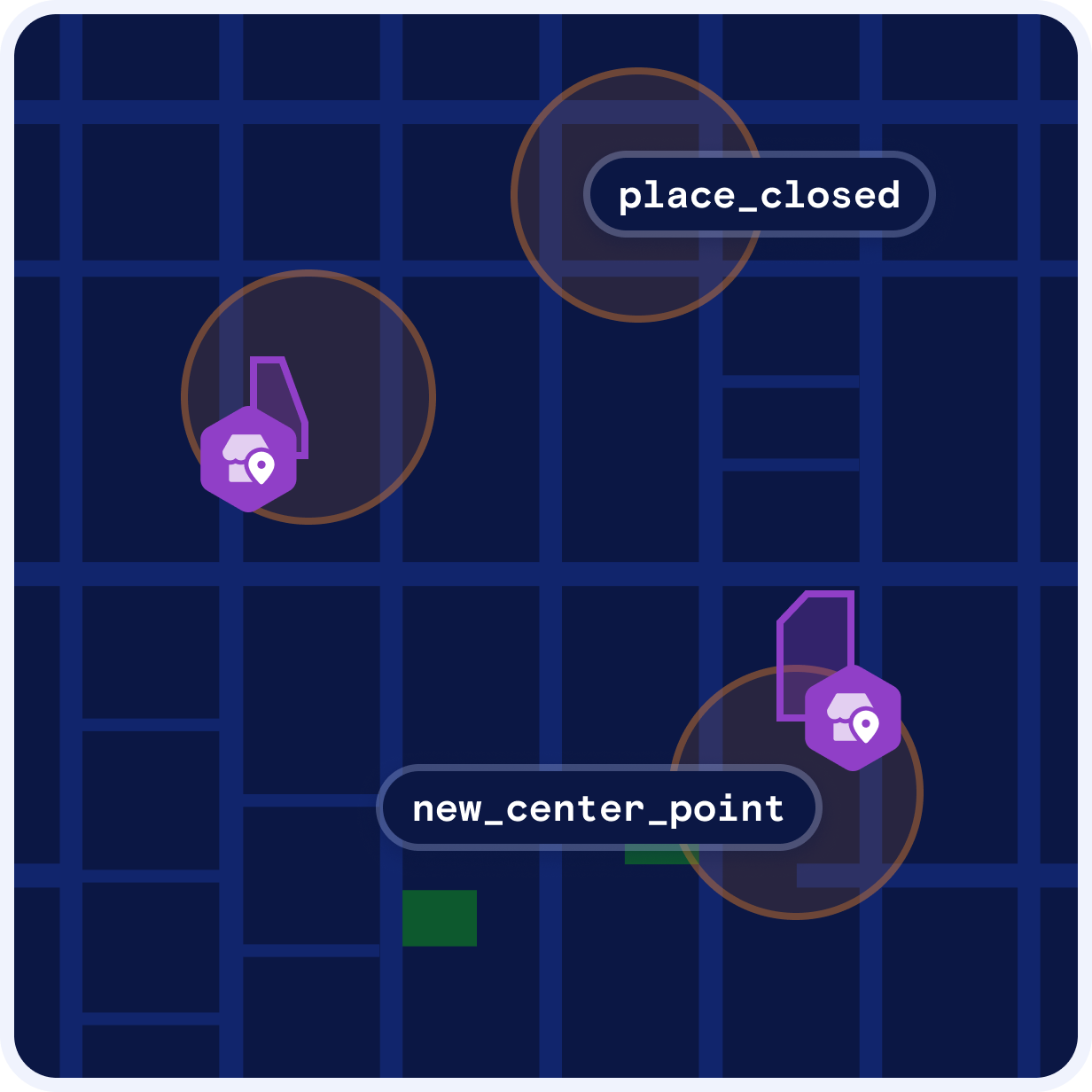
Trips v2 with snap-to-road and route optimization
We launched Trip Tracking during the pandemic to support restaurants and retailers that were building location-based arrival detection for curbside pickup.
Since then, Trip Tracking has been adopted by dozens of brick-and-mortar innovators for curbside pickup and drive-thru applications, and also by logistics innovators for delivery tracking, workforce management, and fleet tracking applications.
To support this growing range of mission-critical applications across industries, we're announcing the pre-release of Trips v2 with two amazing new features: snap-to-road and route optimization.
Snap-to-road automatically corrects inaccurate lat/lngs by "snapping" them to the road network. This means more accurate routes and more accurate ETAs.
Route optimization solves the traveling salesman problem, finding the optimal route and sequence for trips with multiple destinations.
Trips v2 with snap-to-road and route optimization means that Radar can support unparalleled arrival detection accuracy relative to other platforms, for consumer and logistics applications alike.
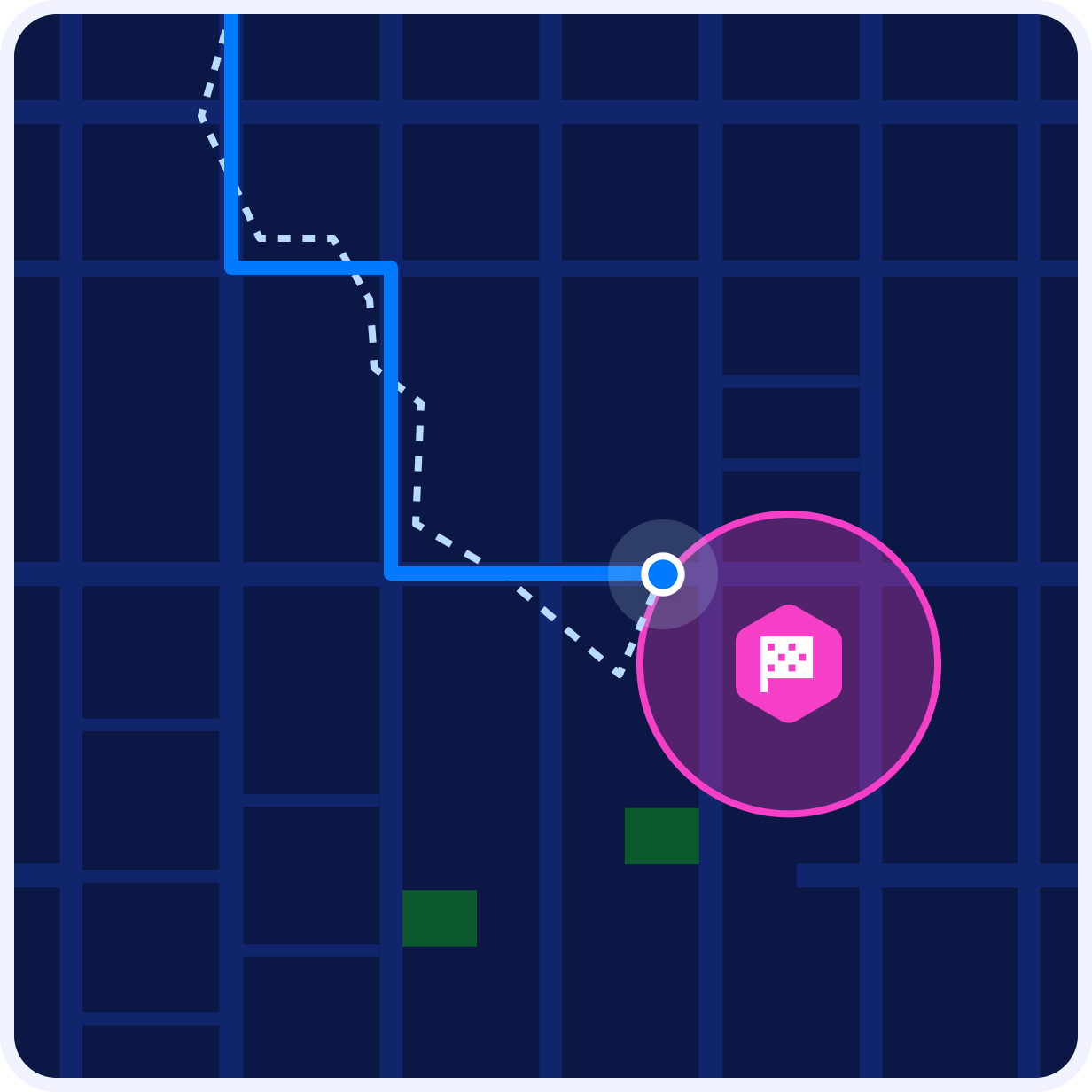
Custom events
Companies typically invest in location with business goals in mind: increasing digital revenue, increasing app opens, decreasing wait times, increasing operational efficiency, and so on.
To support this, we've announced custom events, allowing companies to track key conversion events (like made_purchase or opened_app) in Radar and more effectively measure the ROI and business impact of their investment in location.
Beyond measuring the ROI of investments in location, custom events also support location attribution (e.g., opened_app → entered_place) with first-party data only.
Custom events can be logged directly with the Radar SDK, but most digital innovators are already logging key conversion events with a behavioral analytics platform like Mixpanel or Amplitude, and/or a customer data platform like mParticle or Segment.
So, we're also announcing the pre-release of an inbound integration with mParticle, making it possible to forward custom events directly from mParticle to Radar server-to-server, no code required. More inbound location enrichment integrations are coming soon.
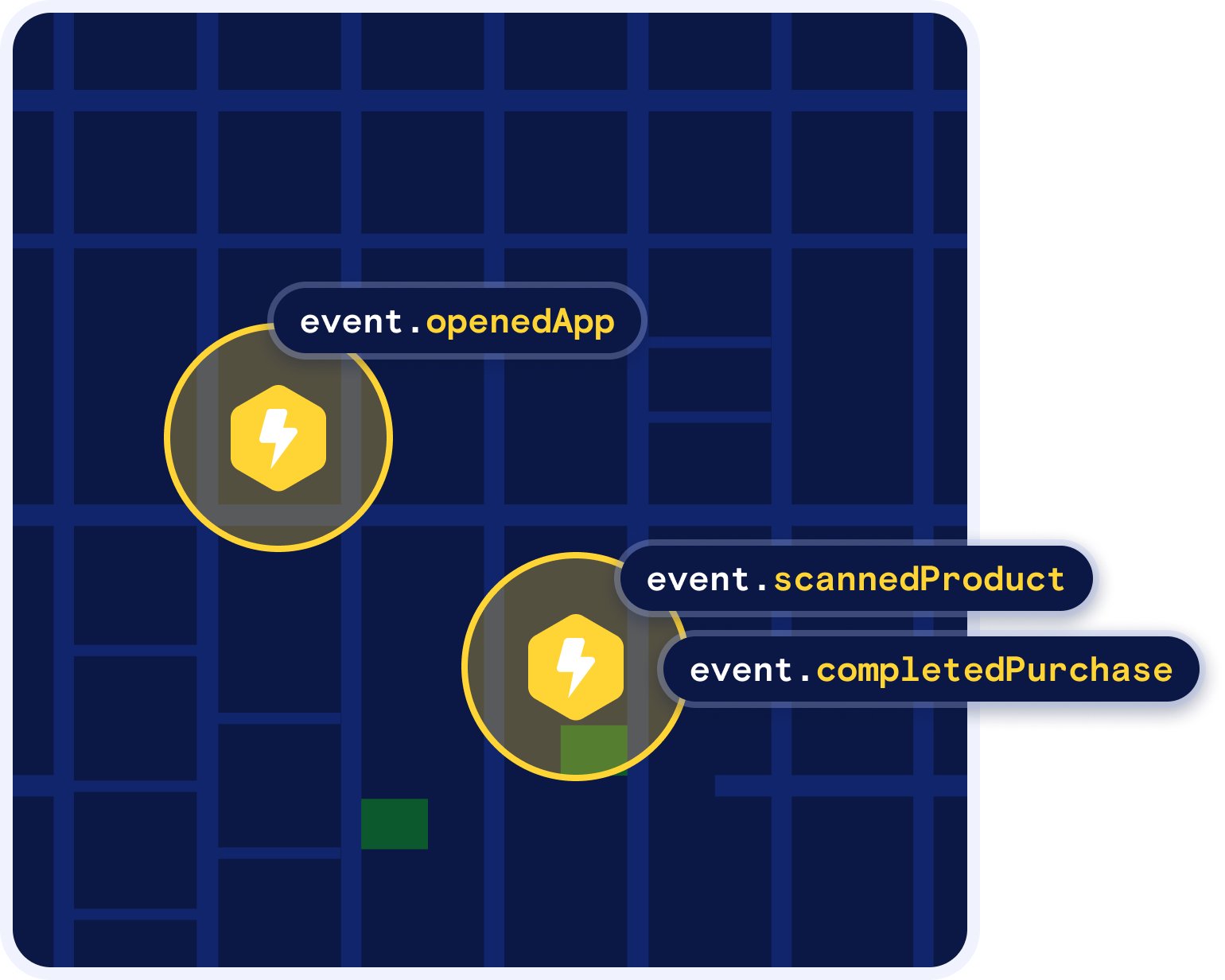
Between Radar IRL, our $55M Series C, and a rapidly growing roster of thousands of developers, startups, and enterprises building on Radar, we've never been more excited about the future of location tech.
If you missed out on IRL, stay tuned for session recordings.
If you'd like to learn more about Radar and how our location infrastructure can support your needs, request a demo or contact our sales team.
If you're an existing customer that would like early access to any of these new features, contact your customer success manager.
And if you're interested in joining our team and helping us connect the digital and physical worlds with location infrastructure for every product and service, check out our jobs page.
We already can't wait for IRL 2.0!
